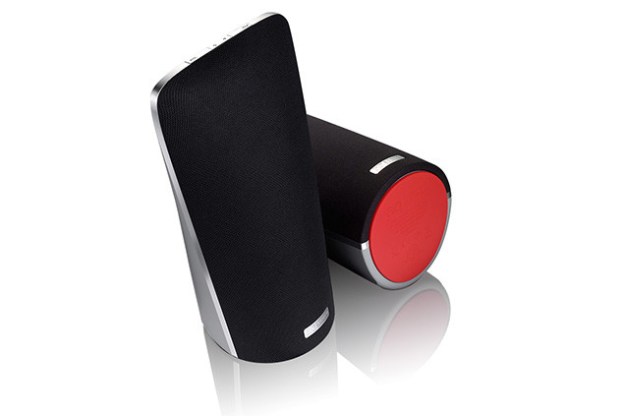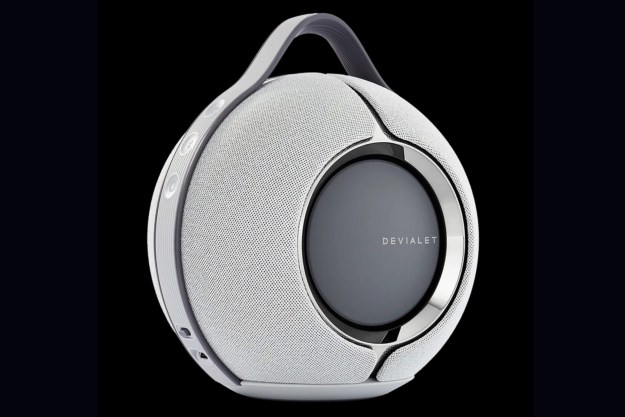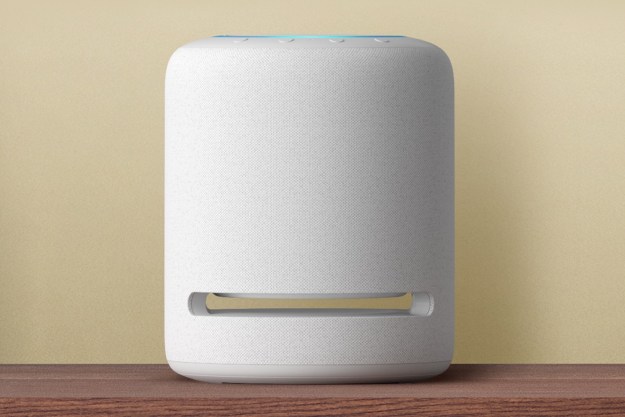 First impressions are always important, so its says a lot that U.K.-based AQ Audio selected the AQ SmartSpeaker for its freshman effort in the states. As we’ve noted in previous posts, the wireless speaker ring has plenty of hats in it, so lets take a look at how the AQ SmartSpeaker plans to distinguish itself on this side of the pond.
First impressions are always important, so its says a lot that U.K.-based AQ Audio selected the AQ SmartSpeaker for its freshman effort in the states. As we’ve noted in previous posts, the wireless speaker ring has plenty of hats in it, so lets take a look at how the AQ SmartSpeaker plans to distinguish itself on this side of the pond.
First off, AQ Audio is lauding its AQ Direct technology, a currently exclusive offering which allows you to take AirPlay outside and liberate it from the network. Expect to see more of this functionality from familiar US brands in the near future.
The speaker is also cross-platform compatible, working with both Windows and Android. Toss in a $180 price-point and you’ve got what looks like a pretty attractive package deal – but not so fast. That’s the price for a single speaker, which the company claims can deliver sufficient sound. Still, they’re marketing the right/left channel separation potential provided by having two speakers, that way – says AQ Audio – you can get “true hi-fi sound.”
Unfortunately it will also cost you. Doubling your fun will run you $350. The AQ SmartSpeaker is available now through aquadio.com or through Amazon.
Editors' Recommendations
- Best wireless speakers for 2024: Sonos, JBL, KEF, and more
- Exclusive: Bose discontinues its Frames line of audio smart glasses
- DTS Play-Fi wireless audio adds support for Dolby Atmos, DTS:X
- Sonos’ new Era 100 and Era 300 wireless speakers go all-in on spatial audio and Bluetooth
- Can we talk about wireless audio’s missing speedometer?


